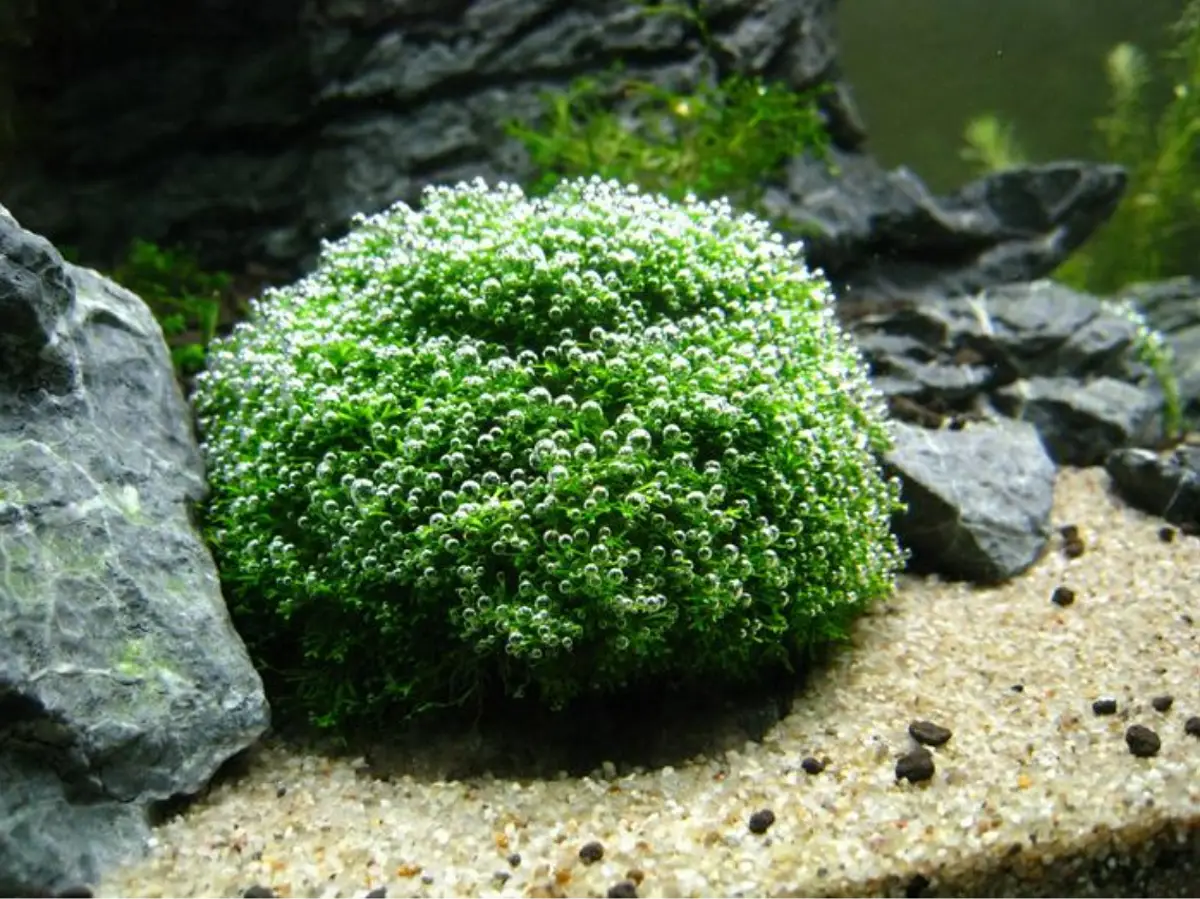Contents
CLASSIFICATION OF RICCIA
Kingdom :- Plantae
Division :- Bryophyta
Class :- Hepaticopsida
Order :- Marchantiales
Family :- Ricciaceae
Genus :- Riccia
STUDY OF EXTERNAL FEATURES OF GAMETOPHYTE OF RICCIA
- The plant body is thalloid, dorsiventral , prostrate and ribbon-like.
- A rosette is formed due to repeated dichotomies of the thalli.
- The thallus is linear to wedge shaped with an apical notch at the apex and thickened midrib in the sagittal axis. On the dorsal side, the midrib is traversed by a mid-dorsal groove.
- On the ventral side, scales and rhizoids are present. The scales are present at the margins. The rhizoids arise from the midrib region. Each scale is violet coloured, multicellular and one celled thick.
- Rhizoids are of two types – (i) smooth walled and (ii) tuberculate. The smooth walled rhizoids have inner smooth walls whereas tuberculate rhizoids produce tuber-like or peg-like ingrowths of their inner wall which project into the lumen of the rhizoids.
- Sex organs are present in the mid-dorsal groove and are embedded in the thallus. The sporophytes, however, may be seen as black dots, when mature, under the dissecting microscope.
STUDY OF ANATOMY OF THALLUS OF RICCIA
- The thallus is boat-shaped in a vertical transverse section.
- It is thick in the midrib region and gradually thins out towards the margins.
- The thallus is dorsiventrally differentiated into an upper green photosynthetic region and a lower colourless storage region.
- The lower epidermis bounds the storage region on the lower side and bears the usual two types of rhizoids (smooth walled and tuberculate) in the centers. The storage region consists of compactly arranged parenchyma. These cells contain starch.
- The photosynthetic region consists of vertical rows of unbranched assimilatory filaments, separated by narrow air chambers. The cells of the filaments are barrel-shaped and each possesses numerous chloroplasts.
- The air chambers open to the outside through simple air pores which are the intercellular spaces between the upper epidermal cells.
- The uppermost cells of the assimilatory filaments are somewhat large. They lack chloroplasts and are thus colourless. These form an ill-defined upper epidermis.
- On the two margins of the boat shaped section, violet coloured scales are present.
STUDY OF ANTHERIDIUM OF RICCIA
- The thallus is monoecious, both the sex organs being situated in the mid-dorsal groove. (R. bischoffi and R. curtisii are dioecious).
- The antheridium is present inside a cavity called antheridial chamber which opens outside by antheridial pore.
- The antheridial chamber with antheridium, lies embedded partly in the tissue of the photosynthetic region and partly in the tissue of the storage region.
- A mature antheridium consists of a small stalk and a globular or club-shaped body.
- The stalk is short and few celled. The body is composed of a central mass of either androcytes or antherozoids, surrounded by a single layer of sterile jacket. The cells of the jacket are tangentially elongated.
STUDY OF ARCHEGONIUM OF RICIA
- The thallus is monoecious and both the sex organs are situated in the mid-dorsal grrove.
- A nearly mature archegonium is flask-shaped.
- Archegonium is shortly stalked and consists of a broad venter and a long neck.
- Wall of the venter is one celled. The venter has one venter canal cell and an egg cell.
- The neck consists of 6 vertical rows of cells and is 6-9 cells in height. It possesses 4 neck canal cells.
- The neck is surmounted by four cover cells.
- Before fertilization, all the axial cells except the egg cell degenerate and the cover cells spread open to facilitate the entry of antherozoids.
STUDY THE STRUCTURE OF SPOROPHYTE OF RICIA
- The sporophyte is embedded in the tissue of the thallus. It is present in the venter of fertilized archegonium.
- Sporophyte is represented only by the capsule, foot and seta being absent.
- The young capsule has a jacket layer and a 2-layered calyptra, derived from venter.
- The mature sporophyte has spore tetrads arranged tetrahedrally (except R. pearsonii) or spores. These remain surrounded only by outer layer of calyptra, the inner layer of calyptra and the jacket disintegrates.
- The spores are discharged only after the disintegration of the thallus.
- Each spore ranges from 0.05 to 0.012 mm in diameter and consists of spore wall, enclosing within a rich cytoplasm and a nucleus.
- The spore wall is three layered. The outermost layer is the exosporium which is thin and cutinized. The middle mesosporium is thick and the innermost endosporium is thin and homogenous. The entire spore wall is irregularly thickened and folded.
IDENTIFICATION
- DIVISION – Bryophyta
- True roots absent.
- True vascular strands absent.
- Class:- Hepaticopsida
- Mostly thalloid.
- Rhizoids without septa.
- Chloroplasts without pyrenoids.
- No columella in capsule.
- Order– Marchantiales
- Scales present.
- Two types of rhizoids present
- Air chambers and air pores present.
- Family – Ricciaceae
- Air pores are simple.
- Sex organs in the mid-dorsal groove
- Sporophyte composed only of capsule, foot and seta being absent.
- Genus – Riccia
- Scales on the margins.
- Assimilatory filaments are unbranched and vertical.


Leave a Reply